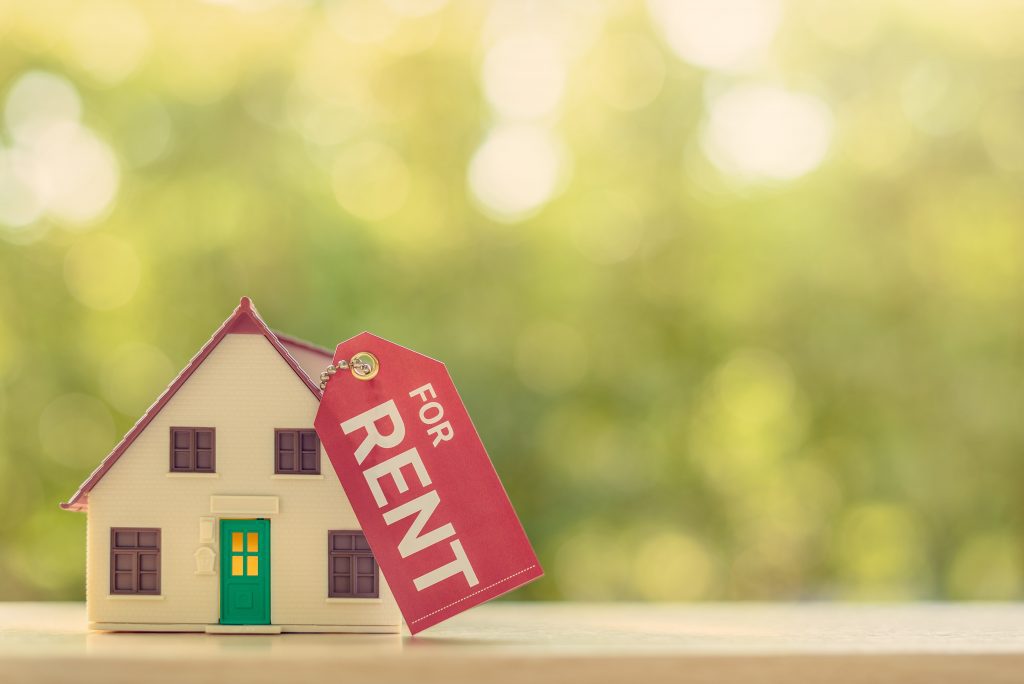
Renting Out Your Property to Manage Debt: A Landlord’s Guide
If you’re burdened with a growing debt, one option is to let out a property you own or (if permitted) sublet part of a rental property.Doing this can provide a much-needed financial lifeline.
The scale of debt in the US is huge.In fact, according to The Motley Fool, as of the second quarter of 2024, American households carry a total of $17.796 trillion in debt, averaging $104,215 per household.This staggering amount highlights the significant debt burden many households face.
By renting out your property, you generate a steady monthly income that can help to stabilize and gradually reduce your debt.
This guide explores the steps involved in renting out your property, providing practical advice for those looking to manage their financial obligations through rental income.
Assessing Your Financial Situation
As with all debt management strategies, the first step is to understand your current financial situation.Before deciding to rent out your property, it’s crucial to examine your finances closely and evaluate whether this option is the right one for your long-term goals.This means examining your existing debts, income, and expenses to determine how rental income might fit into your overall financial plan.
Among the key points you should consider at this stage are:
- Calculating your total debt: Identify all your debts, including mortgages, credit cards, and personal loans, to get a clear picture of your financial obligations.
- Estimating potential rental income: Research the rental market in your area to estimate how much income your property could generate each month, or consult with a local real estate professional to obtain a rental appraisal.
- Evaluating ongoing costs: Consider the costs associated with renting out your property, such as maintenance, repairs, property management fees, and potential vacancy periods.
- Comparing rental income to expenses: Determine if the rental income will be sufficient to cover your mortgage and other related costs and how much can be used to pay down your debt.
- Considering tax implications: Understand the tax implications of rental income and how it might affect your overall tax situation.
Ultimately, renting out a property is a big decision.By thoroughly assessing all the financial aspects, you can make an informed decision about whether property rental is a feasible way to manage debt successfully.
Preparing Your Property for Rent
To maximize your property’s income, you must ensure that it is in the best possible condition.
While this may involve an initial outlay of capital, it is a critical step to maximize the rental income and minimize the time the property is vacant.
Among the steps that need to be considered at this stage are:
- Upgrading safety features: Install or upgrade features like smoke detectors, carbon monoxide alarms, and vape monitors to meet legal requirements and enhance tenant safety.
- Enhancing curb appeal: Improve the exterior of your property with landscaping, fresh paint, or minor upgrades to make a strong first impression on potential tenants.
- Deep cleaning and staging: Ensure the property is thoroughly cleaned and consider staging it to showcase its potential, which can help attract more interest from renters.
- Ensuring legal compliance: Before renting a property, check local rental regulations to ensure it meets all necessary legal standards.
When renting out a property for debt management, investing precious resources to prepare it might appear counterintuitive.However, distressed properties are unlikely to attract reliable tenants and may leave you on the wrong side of legal compliance requirements.
Setting the Right Rental Price
The next step to consider is the price you charge for the property.This is a tricky balancing act as you’ll want to maximize your profit – however, aim too high and you may deter potential clients.
Steps that can help you set an appropriate rental price include:
- Researching the local market: Look at similar properties in your area to understand the going rental rates.This includes comparing properties of similar size, condition, and location.
- Considering your expenses: Factor in all your costs, including mortgage payments, property taxes, insurance, maintenance, and any other expenses related to managing the property.
- Balancing competitiveness and profitability: Set a price that’s competitive enough to attract tenants but still allows you to cover your expenses and make a profit.
Remember that a slightly lower price might help you secure long-term tenants.
- Adjusting for amenities: Consider these in your pricing strategy if your property offers additional amenities, such as off-street parking or recent upgrades.
By carefully setting the right rental price, you can ensure a steady rental income that helps cover your debts and contributes to your financial stability.
Finding and Screening Tenants
Okay, so the property is prepared, the price is set, and you’re ready to accept tenants.The next critical step is finding and screening tenants.The aim is to ensure you choose responsible individuals who will pay rent on time and care for your property.Proper tenant selection is key to avoiding potential headaches, and ultimately, the exercise does what it was meant to do – manage your debt.
Key steps that can help you choose the perfect tenant include:
- Advertising your property: Utilize online platforms, social media, and local listings to reach a broad audience.
Highlight the property’s best features and include clear, attractive photos.
- Conducting thorough background checks: Verify potential tenants’ employment history, income stability, and rental history to assess their ability to pay rent consistently.
- Reviewing credit reports: A credit report can provide insight into a tenant’s financial responsibility, helping you gauge the likelihood of timely rent payments.
- Conducting interviews: Personal interviews can help you get a feel for the tenant’s character and assess whether they’ll fit your property well.
- Checking references: Contact previous landlords or employers to confirm the tenant’s reliability and behavior in past rentals.
By carefully finding and screening tenants, you can minimize risks and secure reliable renters who will respect your property.
Managing Your Property and Understanding Legal Obligations
Once your property is rented and the right tenants are in situ, you must continue managing it effectively while keeping an eye on your legal obligations as a landlord.
Key areas to focus on include:
- Effective property management: Regularly inspect your property to address maintenance issues promptly and keep it in excellent condition.Establish clear communication channels with your tenants to quickly resolve concerns and implement a reliable rent collection process to manage payments and handle any late payments efficiently.
- Understanding and complying with legal requirements: Familiarize yourself with state and local landlord-tenant laws to ensure compliance with lease agreements, eviction processes, and safety standards.Staying informed about legal obligations helps prevent disputes and protects your rights as a landlord.
Effective property management and understanding your legal obligations are essential to being a landlord.By keeping on top of this, you can ensure a successful (and profitable) rental experience.
Leasing the Financial Burden
For many people, renting out a property can be an effective debt elimination or reduction strategy.
However, it is not a step to take lightly.If you feel this route will be successful, then the article’s points can help you steer you in the right direction.By preparing your property, setting a competitive rental price, and selecting reliable tenants, you create a steady income stream that can help cover your expenses and support your debt reduction efforts.
With the right approach, property rental can transform your financial situation, offering immediate relief and long-term benefits.
Publisher: Source link





